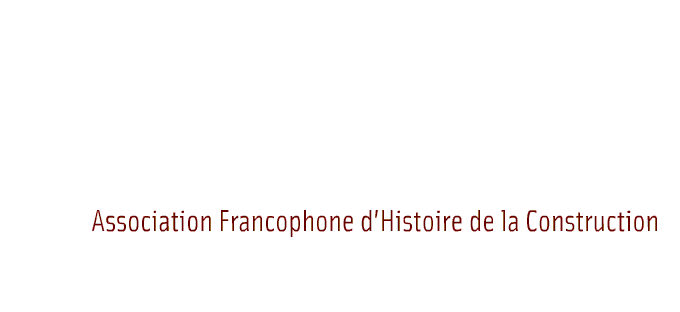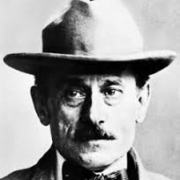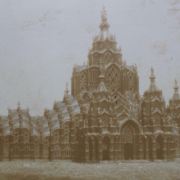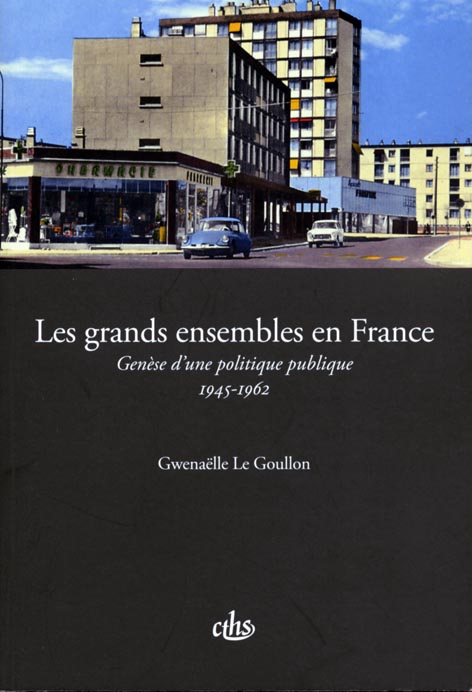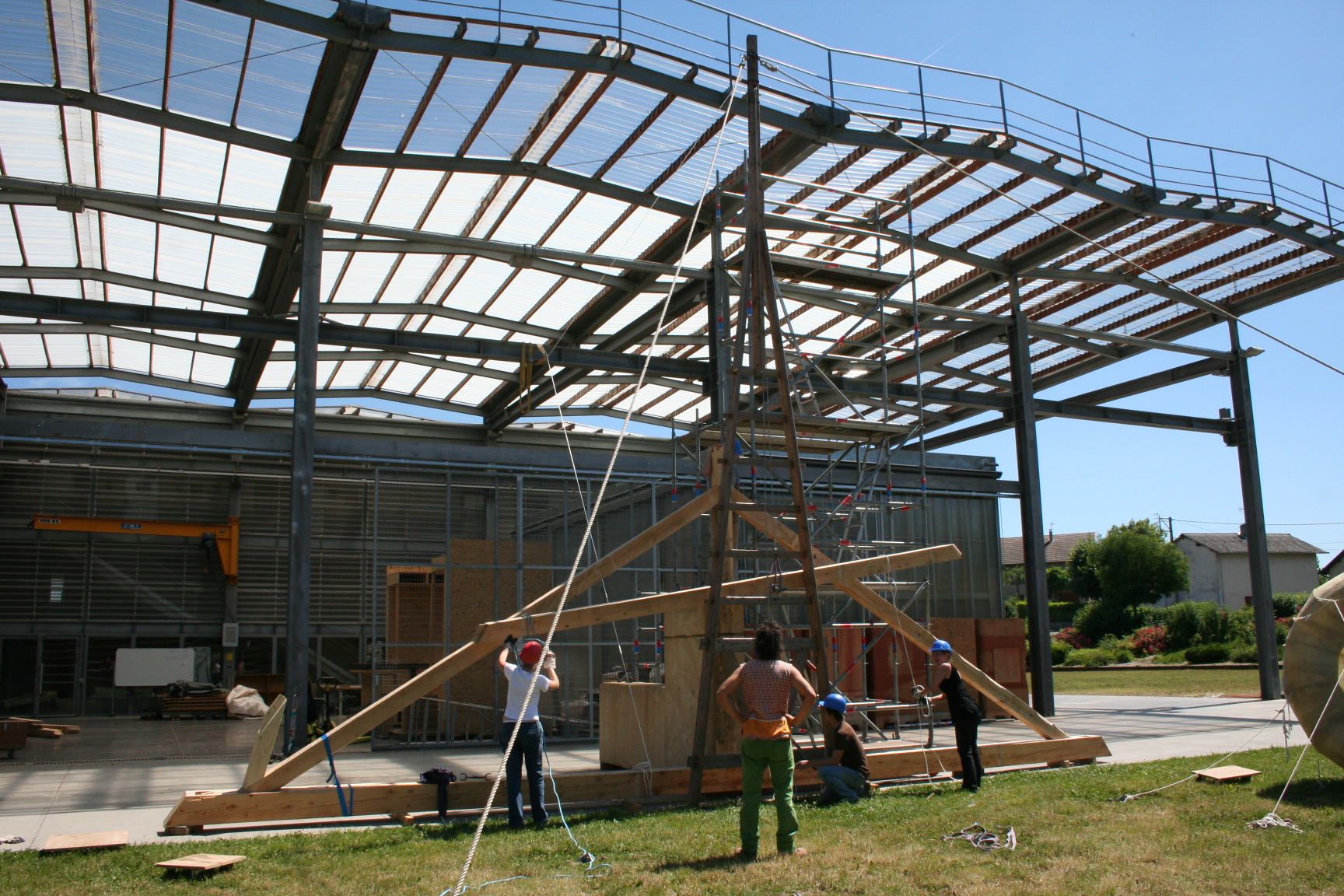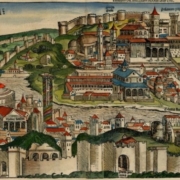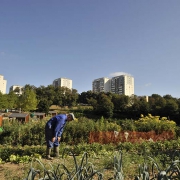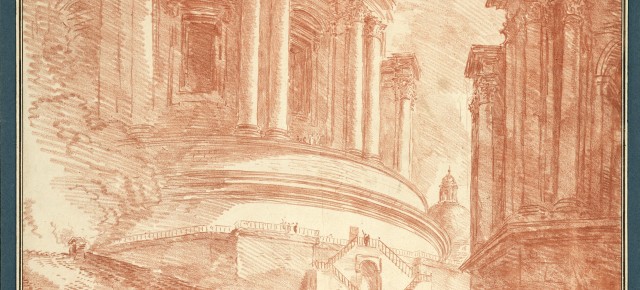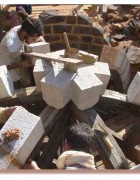The interactions in the Portuguese urban operations system
As Interacções no sistema das operações urbanísticas. Nos espasços urbanos portugueses até meados de oiticentos. / The interactions in the urban operations system in Portuguese urban spaces until mid-nineteenth century.
Par Sandra M. G. Pinto
Thèse de doctorat en architecture (spécialité Théorie et Histoire de l’architecture) soutenue le 16 juillet 2012 à la Faculté des sciences et technologique de l’université de Coimbra
Sous la direction des professeurs Walter Rossa Ferreira da Silva, de l’université de Coimbra (architecte) et Mário Gonçalves Fernandes de l’université de Porto (Géographe)
Jury: Assist. Prof. Dr. Jorge Manuel Figueira Ferreira (architect, professor and Head of Architecture Department in Faculty of Sciences and Technology of the University of Coimbra) – Chairman (replacing the Rector), Assist. Prof. Dr. Cláudio Ramos Monteiro (jurist and professor in Faculty of Law of the University of Lisbon) – External Examiner, Assist. Prof. Dr. Marta Peters Riscado de Oliveira (architect and professor in Faculty of Architecture of the University of Oporto) – External Examiner, Assoc. Prof. Dr. Victor Manuel Bairrada Murtinho (architect and professor in Faculty of Sciences and Technology of the University of Coimbra) – Internal Examiner.
This PhD research analyzes the urban development actions, that is, urbanization, subdivision and building actions, occurred in Portuguese urban spaces, between the mid-twelfth century and the mid-nineteenth century, by focusing the interactions between developers, users, builders and controllers agents. The aim is to understand the shape process of three physical elements in the urban spaces: streets, plots and buildings.
It is recognized that some classifications, assumptions, dichotomies and interpretation established by the first urban form studies are ineffective to understand all the existing urban forms since all urban forms were a deliberate outcome of the multiple possibilities and different levels of control.
Alternatively in this research the urban spaces are seen as complex and emergent systems and the urban forms are understood through the interactions between components, processes and coeval regulations. To do so, it is analysed which controls existed and how they related, how the actions were regulated and controlled, what were the most common strategies and current practices.
Written documents are the primarily sources, especially: local customary laws, town council proceedings, legislative compilations, single norms, royal resolutions, real estate contracts, building contracts, building licenses, inspections registers, judgments and settlements. Several development practices are also compared, distinguished and grouped, by analyzing several case studies.
Thus, it will be described the fundamental relationships and behaviours between humans and the built environment. It will be observed the existence and meaning of a set of legal rules for the building activity, included in the almotaçaria jurisdiction, as well others rules established by the municipalities.
It will be examined the main interactions between the components, from the action and controls points of view. It will be observed several processes: the implications of the legal property system; the ways of hire builders as well its internal regulation and skills; the licenses and litigation procedures; and others damage prevents. It will be clarified the main ancient terms used. It will be also examined the urban development practices by distinguishing several levels of street formation and transformation (by opening, enlargement and closing it), and several levels of plot formation and transformation (by dividing, expansion and shrinkage it). It will be emphasized the important role of the intermediaries agents in urban shape and urban development. Finally, it will be evaluated the impact of these relationships and interactions in the urban form, by analyzing the application of the technical specifications, some established by the legal rules and others by the common practices.
It is noted that a defining characteristic of the urban shape is the formal subordination and dependence of the new buildings related to the existing ones. It is also noted that similar relationships and interactions between developers, users, builders and controllers agents existed since the mid-twelfth century until the mid-nineteenth century. This last statement leads to establish that the urban development system in Portuguese urban spaces was always the same, during that period. In the mid-nineteenth century that system was transmuted because key components and some of the interactions disappeared and another urban development system was created.
